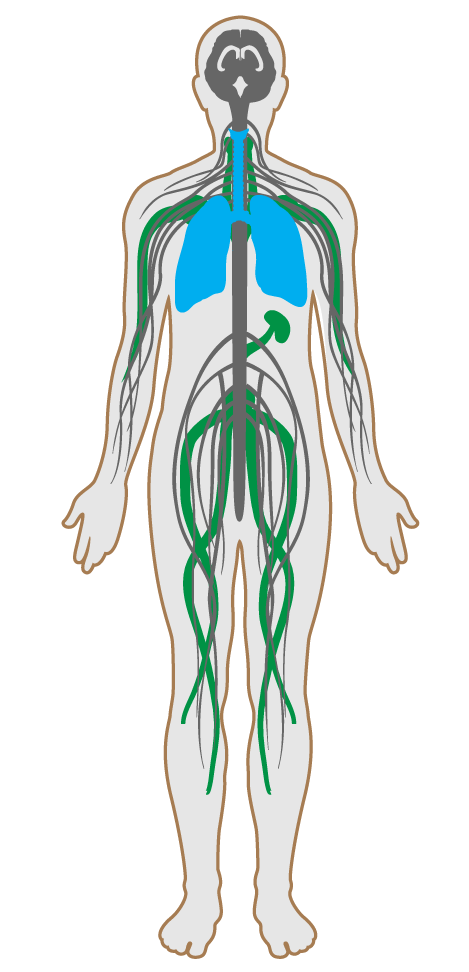Individual thermal control
- 71 Active furnishings
- 72 ADA accessible design standards
- 73 Ergonomics: visual and physical
- 74 Exterior noise intrusion
- 75 Internally generated noise
- 76 Thermal comfort
- 77 Olfactory comfort
- 78 Reverberation time
- 79 Sound masking
- 80 Sound reducing surfaces
- 81 Sound barriers
- 82 Individual thermal control
- 203 Circadian emulation
- 209 Advanced cleaning
82. Individual thermal control
Thermal comfort preferences are highly individual, and can be affected by metabolism, body type and clothing. These factors make it nearly impossible to find a temperature that will satisfy all occupants at the same time.
This feature requires spaces to vary in temperatures and gives occupants the flexibility to select a work area where they are most comfortable (termed “free addressâ€ù). It also provides personalized thermal comfort devices.
Part 1: Lobbies and Other Common Public Spaces
All lobbies and other common spaces meet the requirements set forth in ASHRAE Standard 55-2013 for thermal comfort through the use of one of the following systems:
a.93 Hydronic heating and/or cooling systems.
b.93 Electric radiant floors.
Part 2: Personal Thermal Comfort Devices
The following condition is met in spaces with 10 or more occupants in the same heating or cooling zone:
a. Occupants have access to personal thermal comfort devices such as fans (excluding space heaters).

Immune
Respiratory
Nervous
Integumentary
Applicability Matrix
| Core & Shell | Tenant Improvement | New Construction | |
|---|---|---|---|
| Part 1: Lobbies and Other Common Public Spaces | O | - | O |
| Part 2: Personal Thermal Comfort Devices | - | O | O |
| Commercial Kitchen | Schools | Multifamily Residential | Restaurant | Retail | |
|---|---|---|---|---|---|
| Part 1: Lobbies and Other Common Public Spaces | - | O | O | - | - |
| Part 2: Personal Thermal Comfort Devices | O | O | - | O | O |
Verification Methods Matrix
| Letters of Assurance | Annotated Documents | On-Site Checks | |
|---|---|---|---|
|
PART 1 (Design) Lobbies and Other Common Public Spaces |
MEP | ||
|
PART 2 (Protocol) Personal Thermal Comfort Devices |
Auditor Inspection |
